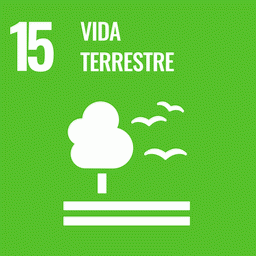Tropical dry forests and savannas harbour unique biodiversity and provide critical ES, yet they are under severe pressure globally. We need to improve our understanding of how and when this pressure provokes tipping points in biodiversity and the associated social-ecological systems. We propose an approach to investigate how drivers leading to natural vegetation decline trigger biodiversity tipping and illustrate it using the example of the Dry Diagonal in South America, an understudied deforestation frontier.
The Dry Diagonal represents the largest continuous area of dry forests and savannas in South America, extending over three million km² across Argentina, Bolivia, Brazil, and Paraguay. Natural vegetation in the Dry Diagonal has been undergoing large-scale transformations for the past 30 years due to massive agricultural expansion and intensification. Many signs indicate that natural vegetation decline has reached critical levels. Major research gaps prevail, however, in our understanding of how these transformations affect the unique and rich biodiversity of the Dry Diagonal, and how this affects the ecological integrity and the provisioning of ES that are critical both for local livelihoods and commercial agriculture.
Inspired by social-ecological systems theory, our approach helps to explain:
(i) how drivers of natural vegetation decline affect the functioning of ecosystems, and thus ecological integrity,
(ii) under which conditions, where, and at which scales the loss of ecological integrity may lead to biodiversity tipping points, and
(iii) how these biodiversity tipping points may impact human well-being.
Implementing such an approach with the greater aim of furthering more sustainable land use in the Dry Diagonal requires a transdisciplinary collaborative network, which in a first step integrates extensive observational data from the field and remote sensing with advanced ecosystem and biodiversity models. Secondly, it integrates knowledge obtained from dialogue processes with local and regional actors as well as meta-models describing the actor network. The co-designed methodological framework can be applied not only to define, detect, and map biodiversity tipping points across spatial and temporal scales, but also to evaluate the effects of tipping points on ES and livelihoods. This framework could be used to inform policy making, enrich planning processes at various levels of governance, and potentially contribute to prevent biodiversity tipping points in the Dry Diagonal and beyond.
